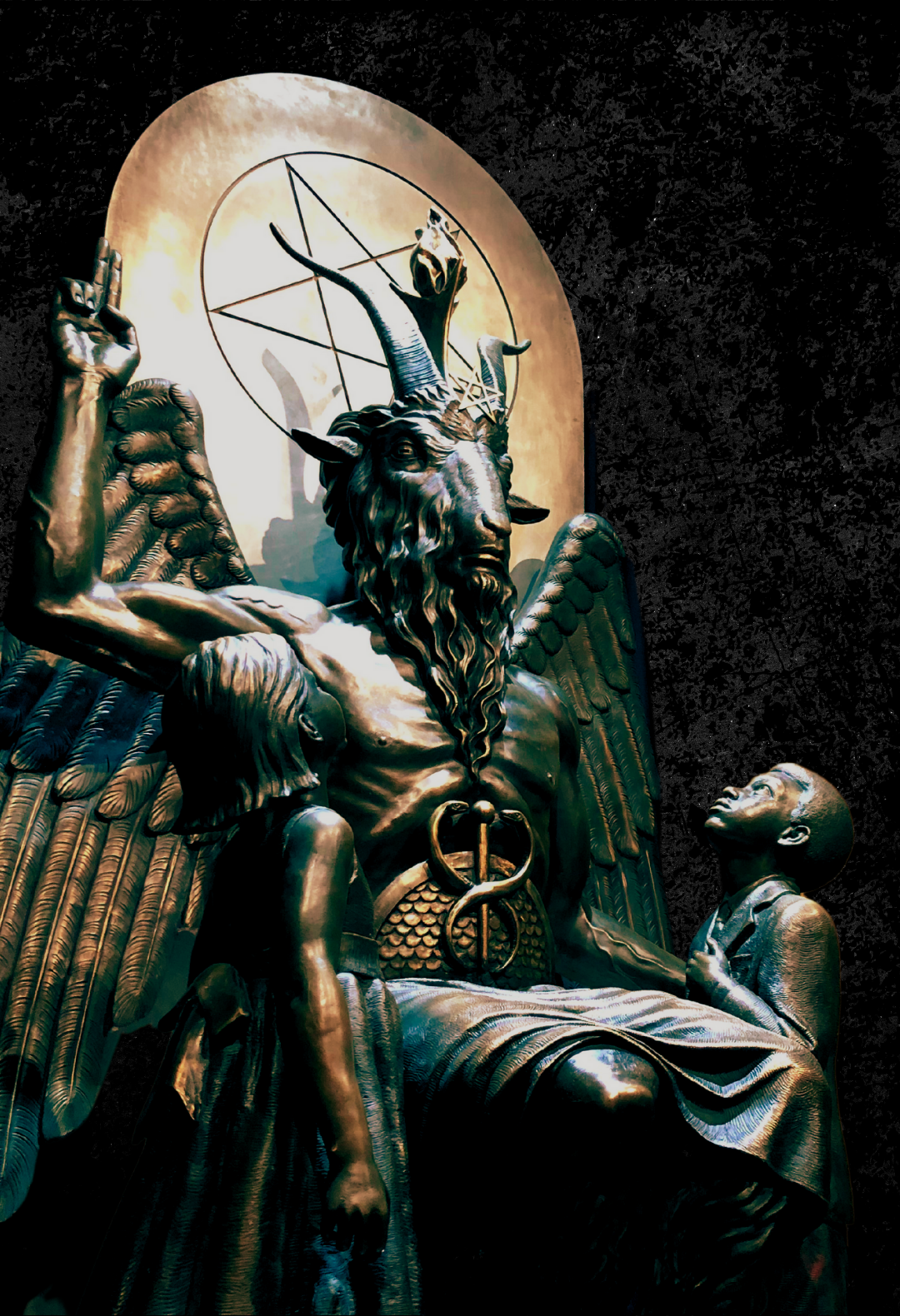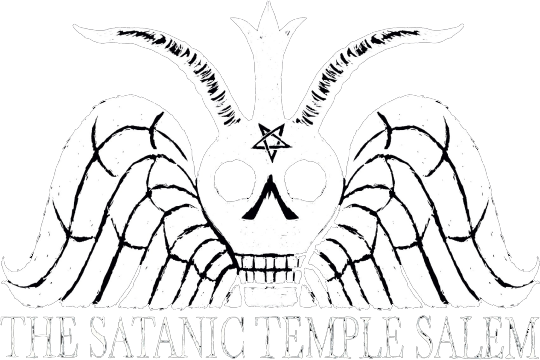BAPHOMET
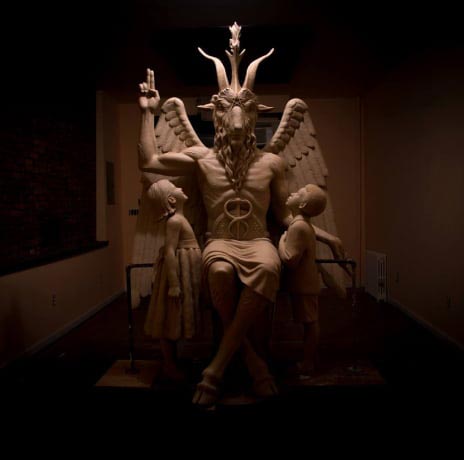
"The First Amendment requires that the US government must treat all religions equally. After a statue of the Ten Commandments was donated to Oklahoma City by State Representative Mike Ritze and placed outside the Oklahoma State Capitol, The Satanic Temple offered to donate a its own statue of Baphomet – a pagan idol associated with the Knights Templar conceived in the 11th century and whose image has evolved over time. The most popular representation of Baphomet as a “Sabbatic Goat” did not appear until 1856 when Eliphas Lévi published Dogmas and Rituals of High Magic. The Satanic Temple has continued the tradition of adapting the image of the mythical figure. The most notable difference is that Baphomet now has a male chest. This was done for practical reasons such that the statue could not be rejected by State governments on the grounds that it could be considered obscene.
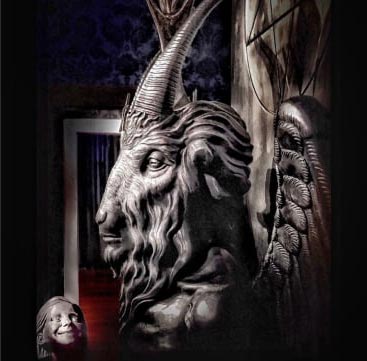
The Oklahoma City Supreme Court ordered the removal of the Ten Commandments statue on the grounds that Oklahoma State law prohibits the use of state property to further religions. The offer to donate the Baphomet statue to Oklahoma was then withdrawn; however, it is now being offered to other states where a Ten Commandments statue appears on publicly owned property. The Satanic Temple Baphomet monument will remain on exhibit at Salem Art Gallery until it is placed alongside other religious monuments on public property.
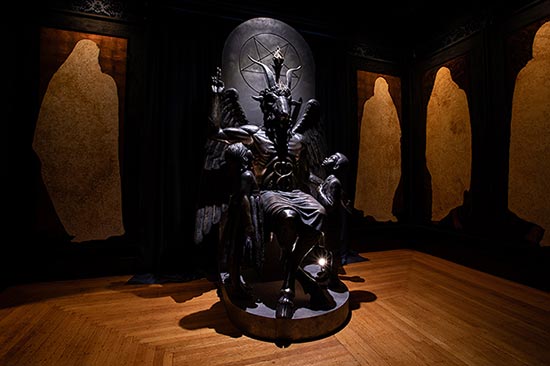
This representation features antecedents that include elements of Zoroastrianism, Gnosticism, the figure of Melek Taus and Slayer’s debut album cover. At its core is the union of opposites and the line of shadow and light. Constructed in bronze, weighing over 3,000 pounds and standing eight and half foot tall, the Salem Art Gallery is the temporary home of “Baphomet” – the most politically-charged sculpture of our time."
Artist Statement, Mark Porter, 2015

